 |
Head Trauma Interviews: Lesson 2 |
2.00 |
In this second segment of our series, Christopher G. Zammit, M.D. sits down with Lauren Wittman, RN, BSN, CCRN-CMC and they define what head trauma is and how best to treat it. Final Exam: This multiple-choice exam is designed to test your knowledge of the material you just reviewed. You have two attempts to gain an 75% or higher on this exam. Please take your time and answer each question carefully.
|
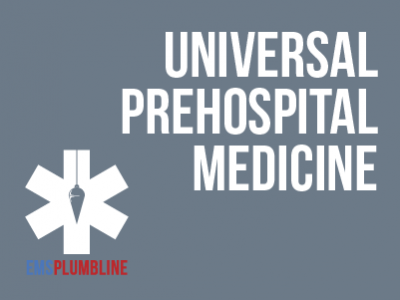 |
COVID-19 Pandemic—EMS Documentation |
1.00 |
Paramedics Mark Philippy and Ben Sensenbach take time in the Spring of 2020 to discuss the documentation concerns that are associated with COVID-19. This in-depth discussion will lead most providers to the conclusion that they are already doing good work and it should continue. This discussion is strong enough to lead the same providers to think slightly differently about what is done during a pandemic period and they may decide to make minor alterations in what the way the document after EMS responses. Final Exam: This multiple-choice exam is designed to test your knowledge of the material you just reviewed. You have three attempts to gain an 80% or higher on this exam. Please take your time and answer each question carefully. |
 |
Lifting and Moving—Lesson 1 |
0.50 |
There are several disciplines of healthcare that require proficiency in lifting and moving. Prehosital medicine and fire-service-related rescue requires a proficiency in this area that is beyond any other area of healthcare. Our team of experts discuss the challenges that we face in our community. In this first session of the series, we explore the mindset and preparation that must take place in order to achieve success.
Final Exam:This multiple choice exam is designed to test your knowledge of the material you just reviewed. You have two attempts to gain a 70% or higher on this exam. Please take your time and answer each question carefully. |
 |
Effective Presentations: Fundamentals of Persuasion (Instructor Guide) |
1.17 |
Although all presentations are persuasive to some extent, a true persuasive presentation attempts to influence the way audience members think about something or influence the way they behave.
This Instructor's Edition of this course includes notes and suggestions to assist you in presenting the material, whether in an in-person classroom setting, or as an instructor-led online or distance-learning course. It also provides you with the answers to questions found in mid-lesson activities, as well as in the quiz that concludes the course. |
 |
Communicating with Families for Paraprofessionals |
1.00 |
Research shows that family involvement in schools can improve family engagement with student learning and develop better relationships between families and children. Another benefit of increased family communication with schools is that it can improve student outcomes, including behavior, health, and school success. Paraprofessionals play a critical role in the communication between schools and parents. To be a good communicator, paraprofessionals need to understand the components of communication, and how the communication process works. |
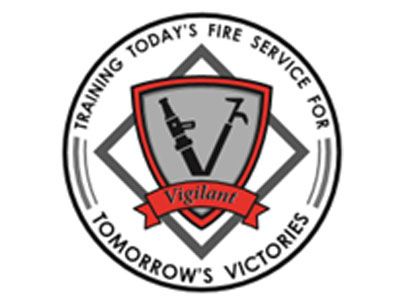 |
SCBA Confidence #1903 (Instructor Guide) |
1.00 |
This is the Instructor Guide for Lesson #1903 SCBA Confidence. This Instructor Guide is intended to prepare a lead instructor to deliver this course curriculum. Included in this guide is a review of lesson content, instructions for conducting the lesson skill activity and all required lesson materials. The lead instructor must pass this instructor guide course with a minimum score of 80% to receive the course materials for this lesson. |
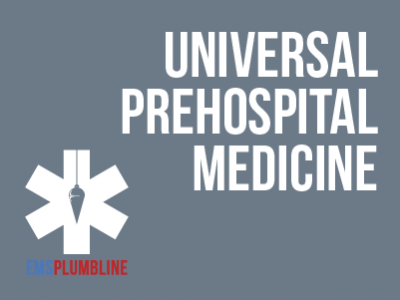 |
Review of Resuscitation |
1.50 |
Dr. Erik Rueckmann and Paramedic Sal Valdez sit down with Paramedic Michael Hoskins in this insightful interview. Their discussion will lead you through the concepts of resuscitation and the teamwork that is inherently integrated in the efforts to be successful.
Final Exam: This multiple-choice exam is designed to test your knowledge of the material you just reviewed. You have two attempts to gain an 70% or higher on this exam. Please take your time and answer each question carefully. |
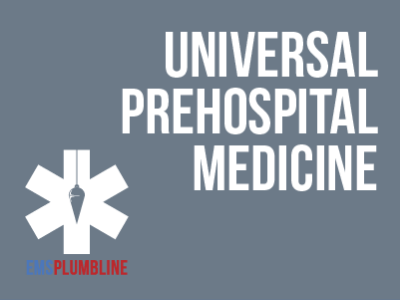 |
Brick by Brick: Trauma Transport Decisions 1—Receiving Facilities |
1.00 |
|
 |
Brick by Brick: Trauma Transport Decisions 2—HEMS |
0.50 |
|
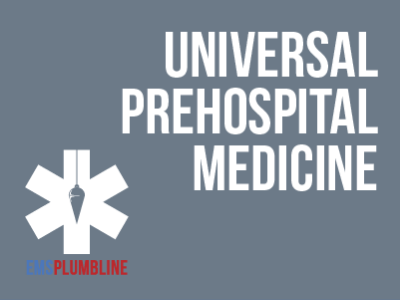 |
Brick by Brick: Trauma Transport Decisions 3—Response to the Big One |
1.00 |
|
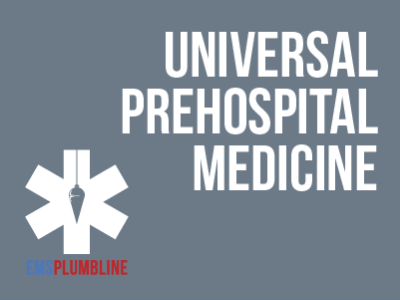 |
Brick by Brick: Trauma Transport Decisions 4—Pediatrics |
0.50 |
|
 |
Effective Presentations: Fundamentals of Presentation (Instructor Guide) |
0.67 |
Effective presentations provide the opportunity to communicate important, specific information in a succinct manner that is beneficial to the audience members. To create this benefit, the information or processes described in the presentation must be presented in a manner that allows the audience to understand and use them.
Effective presentations are comprised of several elements, including support materials, presentation skills, and relevant content. It is important that all irrelevant content is eliminated from the presentation, so the listener is not overloaded with data.
This Instructor's Edition of this course includes notes and suggestions to assist you in presenting the material, whether in an in-person classroom setting, or as an instructor-led online or distance-learning course. It also provides you with the answers to questions found in mid-lesson activities, as well as in the quiz that concludes the course. |
 |
Peer Mentoring for K-12 Staff |
1.00 |
School staff are all professionals. As a result, many can benefit from peer mentoring. When mentoring other staff with head and heart, everyone feels respected and valued. It is important to understand when mentoring is appropriate versus coaching, and the qualities of staff that make them a good candidate to receive mentoring or to be a mentor themselves. |
 |
Helping Students with ADD Succeed for Paraprofessionals |
1.50 |
Children with Attention Deficit Disorder (ADD) regularly experience struggles and challenges at home, in school, and in the community. Paraprofessionals are in a unique position to make a positive difference in the lives of students with ADD. Armed with important information and management tools, they can help reverse the cycle of failure and frustration that results in low self-esteem in these students. They can make life easier, happier, and more satisfying for students with ADD, their parents, other children in the class, and themselves. |
 |
Brick by Brick: Gastroenterology Overview—Part 2 |
1.50 |
Melodie Kolmetz, Paramedic, PA-C, is a multi-disciplinary provider and educator. Her lesson continues with an overview on completing a physical exam. Melodie's experience as a paramedic, physician assistant, and instructor offers an opportunity to learn from one of the best in the industry.
Final Exam: Please read each question carefully. You will have two attempts to gain a 70% or higher on this exam. If you are not successful in two attempts, you are welcome to take the course again to gain the certification. |
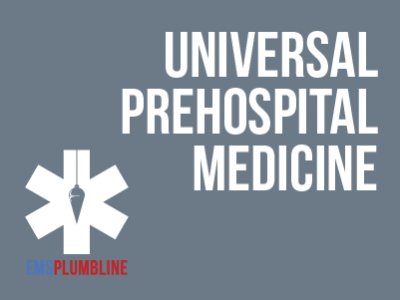 |
Framing: Child Maltreatment for EMS Providers |
1.00 |
Child Abuse Pediatrician Dr. E. Murray discusses some of the key issues that EMS providers must consider when caring for abused children. Final Exam: This multiple-choice exam is designed to test your knowledge of the material you just reviewed. You have two attempts to gain an 70% or higher on this exam. Please take your time and answer each question carefully. |
 |
Brick by Brick: Neonatal Resuscitation for EMS Providers |
1.50 |
In this lesson, you will be able to compare the difference between the unplanned delivery of a thriving full-term baby to that of a preterm baby who is not breathing. There are very few calls for service in which responders may alter as many years of health and well-being as may be done with Neonatal Resuscitation. After completing this training, we believe you will be better prepared to care for both the mother and the newborn. |
 |
Brick by Brick: Difficult Deliveries |
1.00 |
Assisting a mother with a complicated childbirth is one of the most challenging situations an EMS provider may encounter in their career. Our team of experts discuss the prehospital management of postpartum hemorrhage, prolapsed cord, shoulder dystocia, and breech birth. Doctors Kristen E. Burhans, Maia Dorsett, and Kara Louise LaBarge demonstrate skills that you will want to practice with your response team before your next obstetrical emergency occurs. |
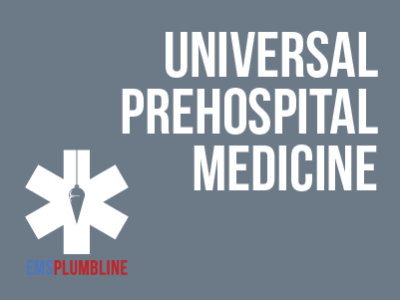 |
Bedrock: Therapeutic Communications for EMS |
1.00 |
The topic of therapeutic communications relates to nearly every EMS response and is especially important for high-acuity situations. Elizabeth C. Shannon, EMT, MS, RN, PMHNP-BC, brings her years of experience as a mental health care provider and an EMT to the table in this insightful discussion. As you hear her navigate the questions posed, we hope that you will confirm what you are already doing well. We also hope that your reflection on the subject will lead to improved EMS responses for you and the other medics on your crew.
Final Exam: Please read each question carefully. You will have two attempts to gain a 75% or higher on this exam. If you are not successful in two attempts, you are welcome to take the course again to gain the certification. |
 |
Effective Presentations: Presentation Mechanics (Instructor Guide) |
1.00 |
For the success of your presentation, you should consider the environment. Always try to view the facility sometime during the early stages of your preparation process, because the facility itself can affect your preparation, as well as the delivery of it.
This Instructor's Edition of this course includes notes and suggestions to assist you in presenting the material, whether in an in-person classroom setting, or as an instructor-led online or distance-learning course. It also provides you with the answers to questions found in mid-lesson activities, as well as in the quiz that concludes the course. |
 |
Building Relationships with Students for Paraprofessionals |
1.00 |
For students to learn effectively in school, research shows that they need to have positive relationships with school staff. There are specific characteristics and attributes that paraprofessionals need to build and foster these positive relationships with students. A classroom that fosters positive relationships between students and school staff is critical to developing an effective learning environment. |
 |
Quality Management: Preparing to Change Processes (Instructor Guide) |
0.75 |
Business process improvement is a basic managerial responsibility. Just as managers are responsible for employee performance appraisals and budgeting, they are also responsible for making continual improvements in their division or department.
Because improving business processes is an ongoing effort, management needs to control and coordinate processes to ensure their success. In addition, employees who are affected by improvement changes need active support from management.
In this course you will learn to: identify management goals in preparation to lead business process improvement, as well as plan improvements.
This Instructor's Edition of this course includes notes and suggestions to assist you in presenting the material, whether in an in-person classroom setting or as an instructor-led online or distance-learning course. It also provides you with the answers to questions found in mid-lesson activities, as well as in the quiz that concludes the course. |
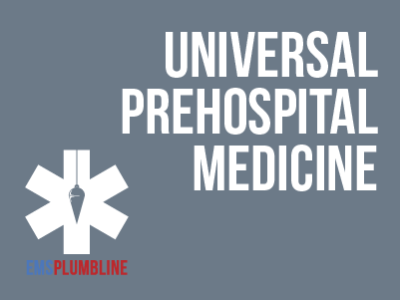 |
End-of-Life Care (Part 1): Introduction—Palliative Care |
1.00 |
Nursing educator Dr. Jacqueline Coates, DNP, MS, RN, FNP-C, is a retired paramedic who brings her experiences in prehospital medicine and hospice to this introductory lesson in palliative care. The series begins by discussing the concepts of hospice and palliative care. Her expertise and teaching acumen provide several opportunities for you and your team to expound upon the principles she introduces.
The multiple-choice exam is designed to test your knowledge of the material you just reviewed. You have two attempts to gain an 80% or higher on this exam. Please take your time and answer each question carefully. |
 |
NYS MOLST Training |
1.50 |
The New York State Medical Orders for Life Sustaining Treatment (MOLST) form contains medical orders that EMS must honor in critically ill and frail patients. In order to honor patient wishes at the end of life, it is essential that EMS clinicians are able to rapidly interpret MOLST forms and honor the orders. In 2023, DOH policy was updated to align with an updated MOLST form and to allow the recognition of health care agents by EMS without online medical oversight. This training reviews the legal roles of health care agents, discusses the purpose of the MOLST form, how to interpret orders and reviews five scenarios that will give you the confidence to interpret and honor MOLST orders when it matters most. |
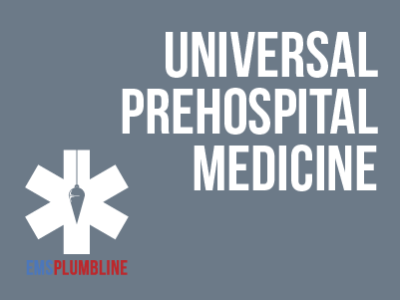 |
Scene Safety Series: Part 1—Emotionally Disturbed Persons |
1.50 |
Emotionally Disturbed Persons (EDPs) is a term that covers a wide range of situations. Although the responses are frequent, some become dangerous. Psychology professor Drew Anderson and Law Enforcement Officer/EMT Instructor James Walker provide expert commentary supported by a cast of experienced prehospital providers. Final Exam: This multiple choice exam is designed to test your knowledge of the material you just reviewed. You have two attempts to gain an 70% or higher on this exam. |


























